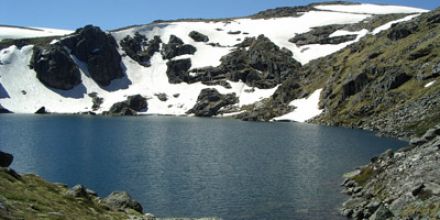Cosmogenic nuclide production rates
Exposure dating is based on the principle that cosmogenic nuclides accumulate in surface rocks as a function of time. After a geological process freshly exposes a rock surface, these cosmogenic nuclides build up at a known rate. Measurement of their present-day abundance, in conjunction with knowledge of the rate...
Project status
Content navigation
About

Exposure dating is based on the principle that cosmogenic nuclides accumulate in surface rocks as a function of time. After a geological process freshly exposes a rock surface, these cosmogenic nuclides build up at a known rate. Measurement of their present-day abundance, in conjunction with knowledge of the rate at which they are produced, allows an ‘exposure age’ of the surface to be determined. The accuracy of exposure dating is ultimately limited by the accuracy of known production rates.
To improve our knowledge of production rates, Drs Timothy Barrows and Masahiko Honda are calibrating a variety of cosmogenic nuclide production channels using surfaces of known age. The main calibration site is Blue Lake in the Snowy Mountains of Australia, where fresh surfaces of granodiorite have been created by glacial activity and the age of retreat can be independently determined by radiocarbon dating. The rock type here allows all major production channels for 10Be, 21Ne, 26Al, and 36Cl to be determined.

